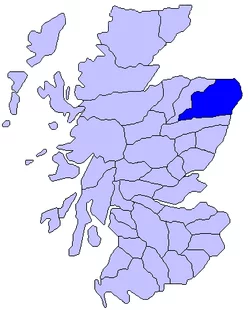The Mormaer (plural: Mormaers) was the title for a provincial ruler in medieval Scotland, particularly during the period before the extensive Anglicization of the Scottish nobility in the 12th and 13th centuries. It is the Gaelic equivalent of the later title Earl.

Key Aspects of the Mormaer

1. Meaning and Role
- Etymology: The word Mormaer is derived from the Gaelic mór (meaning “great” or “chief”) and maer (meaning “steward” or “administrator”). The title essentially translates to “Great Steward” or “High Steward.”
- Provincial Rulers: Mormaers were hereditary rulers of a large province (or mór-mhaor) within the Kingdom of Alba (early Scotland). They had wide-ranging powers, including military leadership, judicial authority, and administrative control over their regions, such as Moray, Atholl, Fife, or Angus.
- Relationship to the King: While powerful within their own territories, the Mormaers were ultimately subject to the King of Alba. They commanded their provincial armies on the King’s behalf and served as the highest nobles below the King himself.

2. Transition to “Earl”
- Anglicization: Following the reign of King David I (1124–1153) and the subsequent introduction of Norman and English feudal structures into Scotland, the native Gaelic title Mormaer began to be supplanted by the foreign, feudal title Earl.
- Equivalency: By the late 12th century, the two titles were used interchangeably in different languages. A Gaelic speaker would refer to the ruler of Fife as the Mormaer of Fife, while a Latin or English speaker would call him the Comes or Earl of Fife. The title Earl ultimately prevailed and became the standard term in the Peerage of Scotland.
3. The Original Seven Mormaerdoms
Historically, several key provinces held this dignity. The most frequently cited group, considered the most ancient and powerful, were the seven original Mormaerdoms:
- Fife
- Strathearn
- Atholl
Discover more from WILLIAMS WRITINGS
Subscribe to get the latest posts sent to your email.




